Editorial
Merit over muscle
The decision of 16 student unions to advocate for meritocracy comes as a breath of fresh air.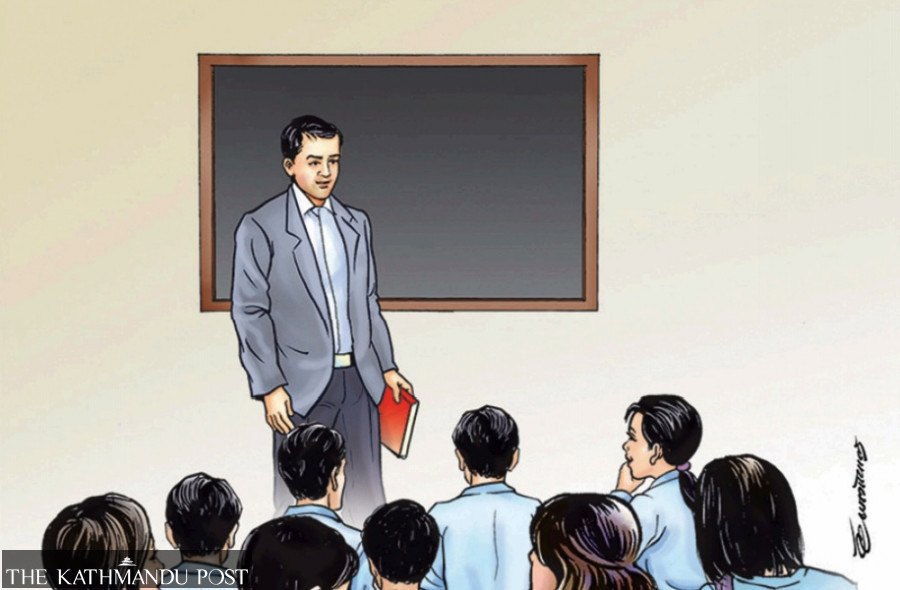
For once, student unions across the political spectrum have raised the right issue at the right time. Such a show of solidarity is rare among these unions that more often tend to blindly carry the agendas of their mother parties and individual leaders, and to fight among themselves. But on August 1, student unions affiliated to 16 political parties—both ruling and opposition—issued a joint statement calling for merit-based appointments of all school teachers through open competition. The student wings of the Nepali Congress and the CPN-UML, the two main ruling parties, broke with their mother parties that want large chunks of these vacancies filled through internal quotas rather than open competition. The School Education Bill the government had tabled in parliament had proposed that up to half the teacher vacancies be filled through internal competition. A House subcommittee later agreed to set aside 75 percent seats for open competition. Later, that number was again pulled down to 60 percent, partly to please politically-affiliated teachers.
Amid this political tug-of-war, the decision of the 16 student unions to collectively advocate for meritocracy comes as a breath of fresh air. Again, far too often, these student wings have opted to act as pawns of powerful politicians in their mother parties rather than as independent actors elected to raise students’ concerns. In this case, the Nepal Student Union (affiliated to the Congress) as well as the All Nepal National Free Student Union (the UML) decided not to support their mother parties’ advocacy for lesser competition for school teachers. Only if these organisations can take such an independent stand in favour of student welfare will they be relevant. Otherwise, both their influence and relevance has been on a steady decline over the years. Talented folks who aspire to join politics have started making lateral entry into political parties rather than cut their teeth in student politics, a trend more evident in newer parties. The allure of student politics is thus decreasing. Separately, the image of these student unions has been damaged also due to their disruptive activities—from padlocking campuses to beating up teachers—at the establishments of higher learning.
Most of these student unions have played pivotal roles in democratic movements, at various times, and helped raise students’ political consciousness. But they seem to have lost their way. Just like their mother parties, these unions were seemingly better suited to waging revolutions than at fighting for students’ rights. In this light, the actual demands of the 16 student organisations is as important as the fact that they dared take a collective, principled stand. This in turn will help spark healthy debates on a vital matter like school education in their mother parties. The student unions have also made public their stand on the School Education Bill that has been stuck in Parliament. This is the kind of activism we expect from them. Meanwhile, there ought to be more such collaboration among them when it comes to protecting students’ interests. That is also the best way for student leaders to establish their credentials as politicians.




 9.12°C Kathmandu
9.12°C Kathmandu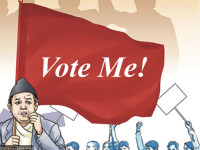

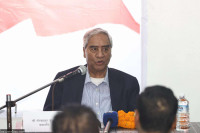



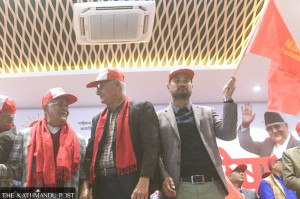

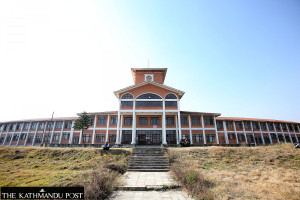

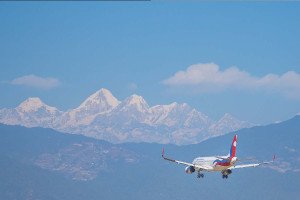


%20(1).jpg&w=300&height=200)

